ALIGNMENTS
-
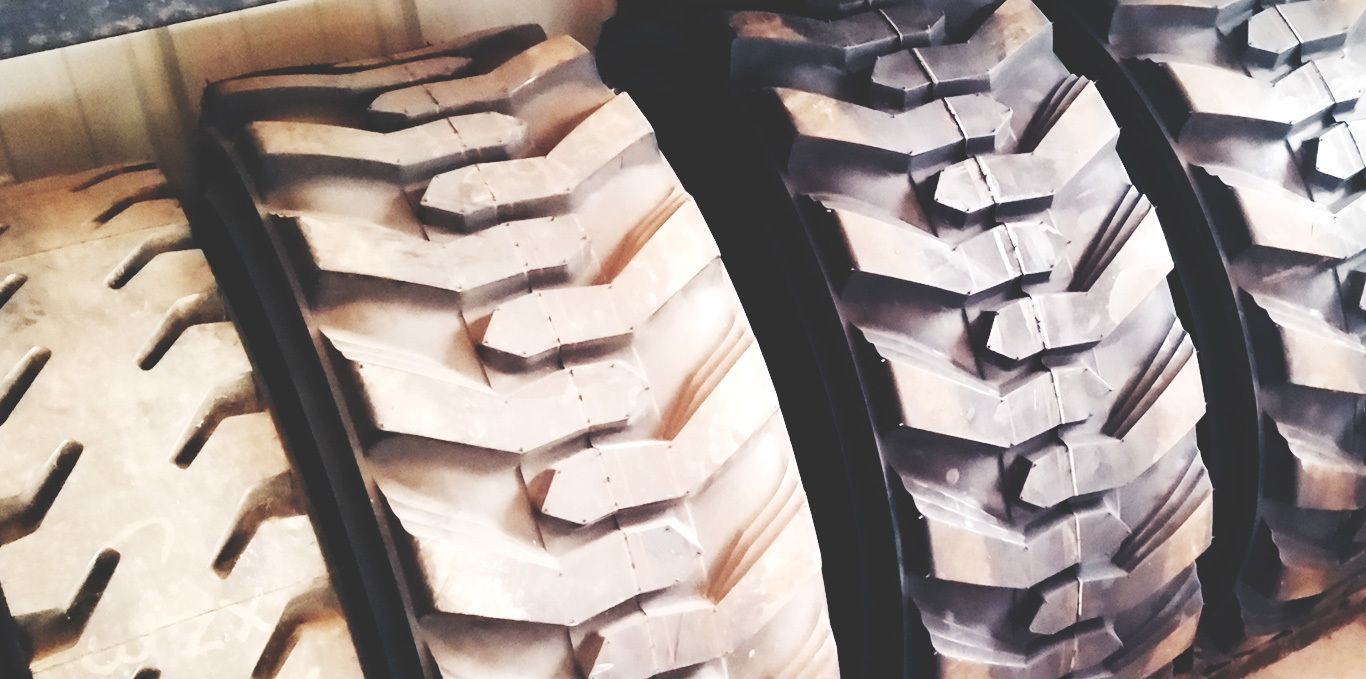
NO TIRES TOO BIG OR SMALL!
Cars, Trucks, Tractors, ATVs, RVs's, and Trailers too...
Get New Tires -
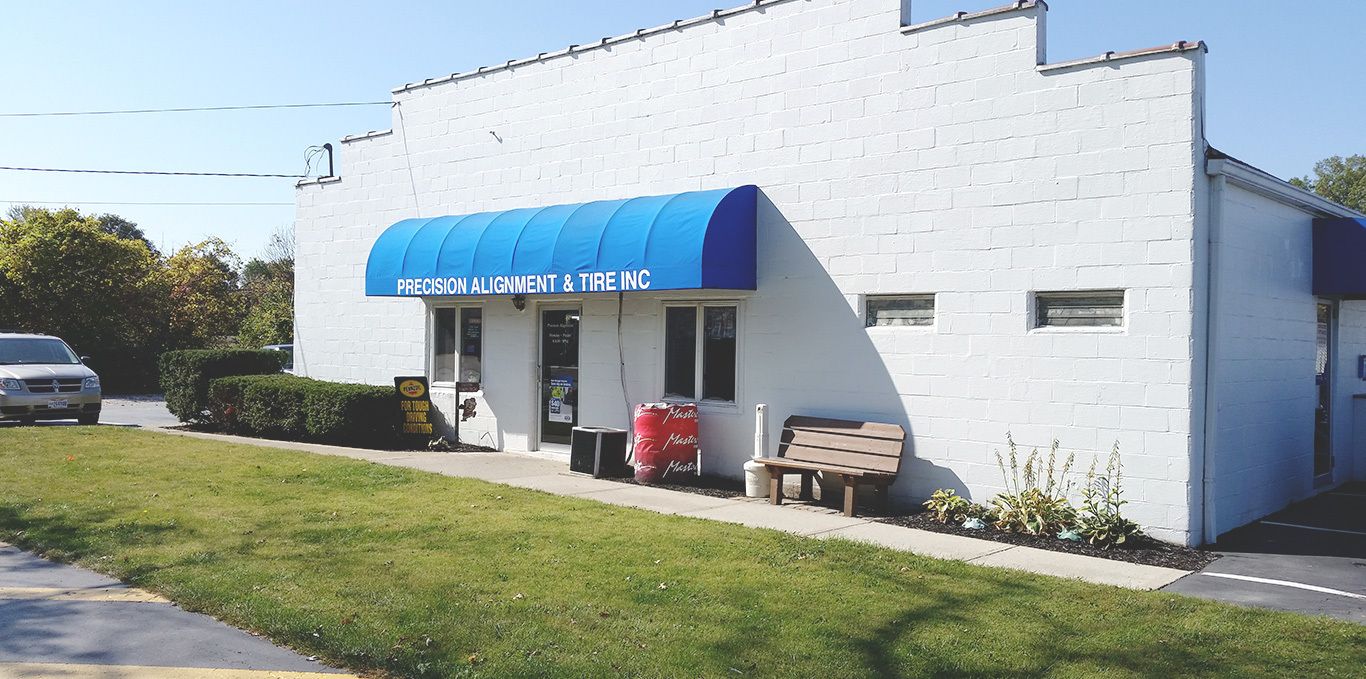
SERVING DELAWARE SINCE 1978
-
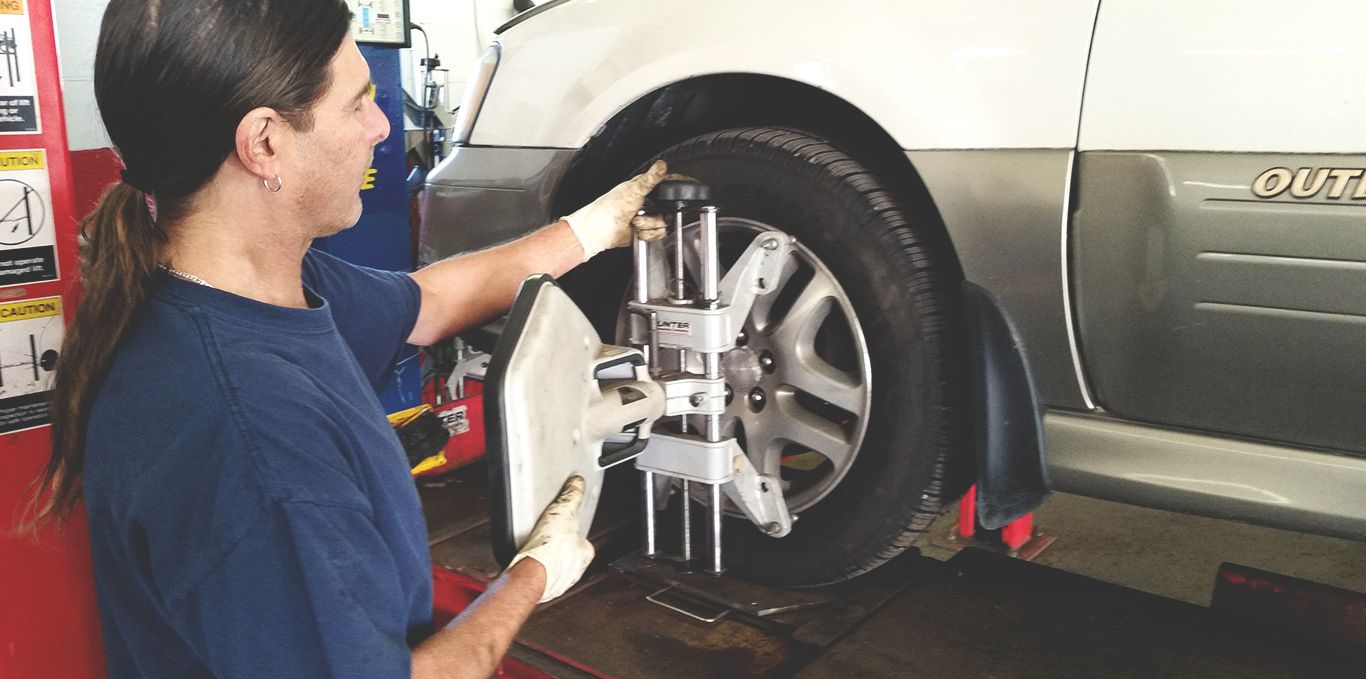
ALIGNMENTS FOR ALL MAKES, MODELS, AND SIZES.
Schedule an Alignment -
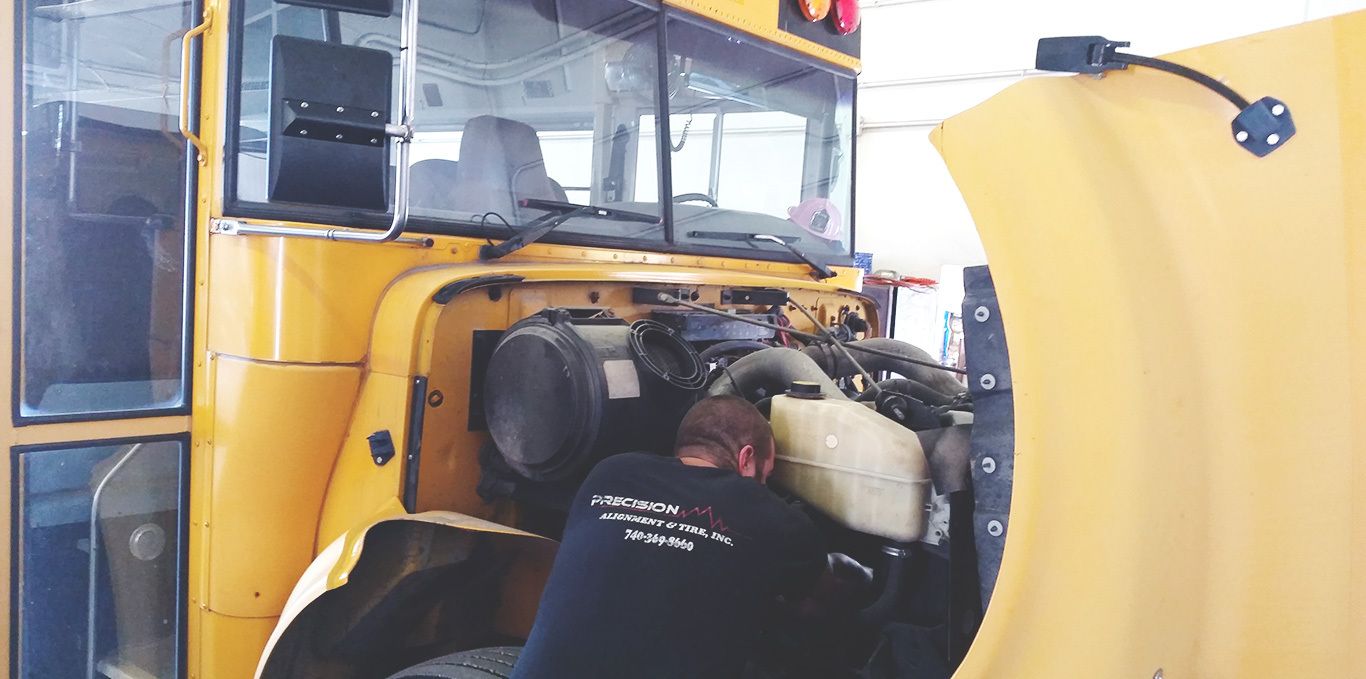
IF IT HAS TIRES AND AN ENGINE, WE CAN FIX IT.
Cars, Trucks, Semis, Tractors, Trailers, RVs, ATV's, Service Vehicles,
EMS Vehicles, Buses...Schedule Service Now -
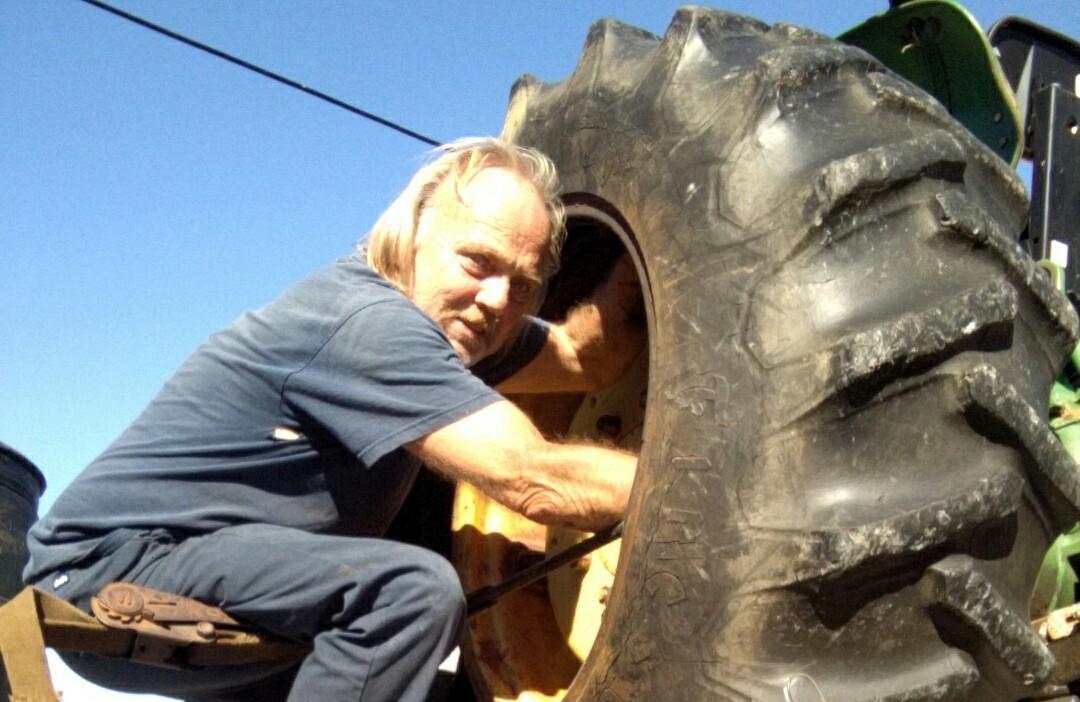
FARM SERVICE CALLS AND HYDRO INFLATIONS.
Can't get your farm vehicle to us, no problem, we'll come to you.
Contact Us Now
With 3 alignment racks we can align anything from your standard passenger car, up to a large over the road truck, including, rv's, buses, straight trucks, trailers and four wheel drives.
Complete suspension repair including struts, shocks, ball joints, tie rod ends, rack and pinion steering, king pins, bushings, and springs.
Give us a call you will wonder why you ever went anywhere else.
WHEEL ALIGNMENT AND TIRE MAINTENANCE TIPS
Regular tire maintenance and wheel alignment reduces fuel consumption and prevents undue tire wear. Worn shock absorbers and weak springs can also contribute to the waste of fuel. This page provides information on wheel alignment and tire maintenance.
WHY SHOULD A CAR'S WHEELS BE ALIGNED?
Correctly aligned wheels extend tire life and improve fuel efficiency They also help safe steering of the vehicle and comfortable ride.
WHAT IS WHEEL ALIGNMENT?
Wheel alignment is the adjustment of steering and suspension components so that car steers properly, tires experience minimum wear and you will get better fuel milage.
WHY DOES A CAR GO OUT OF ALIGNMENT?
Misalignment is caused by impacts from hitting potholes and bumps, loose steering or suspension componets and wear from aging of suspension parts. It is recommended that you have your car's wheels aligned at least once a year or every 15,000 miles, whichever is earlier.
HOW CRITICAL IS MISALIGNMENT TO TIRE MILEAGE?
The expected life of a tire can be reduced drastically if a vehicle has a severe misalignment condition.
HOW LONG SHOULD IT TAKE TO ALIGN A CAR?
On most vehicles alignment can be completed in approximately 50-60 minutes.
HOW LONG SHOULD ALIGNMENT LAST?
Normally an alignment will hold for 10,000-15,000 miles Naturally, if your vehicle suffers any severe shocks from hitting potholes, curbs, etc., your alignment can be thrown off in a short time.
IF TIRES ARE WORN UNEVENLY DOES IT MEAN THAT THE WHEELS ARE OUT OF ALIGNMENT?
Uneven wear can be caused by many factors such as improper wheel balancing, worn shock absorbers, worn front end parts, alignment problems, etc. The best advice is to bring your vehicle in for inspection.
IS IT NECESSARY TO HAVE A CAR ALIGNED THE SAME DAY AFTER PURCHASING NEW TIRES?
No. It is recommended that you have your alignment done within the first 3000 miles of mounting new tires, unless your old tires have shown a severe alignment problem.
IF A CAR VIBRATES AT DIFFERENT SPEED LEVELS. WILL WHEEL ALIGNMENT CURE THAT PROBLEM?
Poor alignment usually does not cause specific speed vibrations. This condition is normally attributed to the tire and wheel assembly being out of balance. Therefore, wheel balancing is recommended
TIRE ROTATION & WHEEL BALANCE
HOW OFTEN SHOULD TIRES BE ROTATED?
It is recommended that tires be rotated at every 6000 miles in order that they may wear evenly. After performing tire rotation adjust tire pressure to specifications.
THREE FACTORS IN ALIGNMENT: TOE-IN, CAMBER AND CASTER
WHAT IS TOE-IN?
Toe-in is the condition when the front edges of the wheels are closer together than the rear edges. A saw-tooth or feathered edge tire wear pattern shows that the tire is subjected to road scuff as a result of improper toe-in.
WHAT IS CAMBER?
Camber is the inward or outward tilt of the top of the tire, as viewed from front of the vehicle. Excessive wear, on the edge of the tire is generally the result of improper camber. Unequal camber, from side to side can cause pull or drift.
WHAT IS CASTER?
Caster is the forward or the rearward tilt of the steering axis versus vertical. Caster adds directional stability to the vehicle and returns the wheels to a straight-ahead position on turns.
Most front wheel drive cars today need to be aligned on the front and rear.Caster setting is only valid on the front.
WHAT IS WHEEL BALANCING?
No tire or wheel is completely round or uniform. Each tire has heavy spots that can cause vibrations at high speeds. The wheel assembly should be dynamically balanced. This involves spinning the wheel to identify the heavy spot and then adding lead weights to the rim to counter balance the heavy spot. In some case the tire and wheel assembly has to be turned to achive the best balance.
HOW DOES TIRE PRESSURE AFFECT WEAR, RIDE, AND HANDLING?
UNDER INFLATED TIRES CAUSE:
- Sidewalls and tread to buckle, thus reducing the area of the road contact patch
- Loss of traction
- Increased fuel consumption and excessive heat build-up, which causes raped wear and early tire failure. Proper inflation results in maximum road contact area, traction, and fuel economy. Over inflation again reduces the road contact area and traction, however fuel economy increases slightly.
TIRE MAINTENANCE TIPS
- Check tire pressure twice a month and visually inspect them every day. Don't overlook the spare tire.
- Keep good tire pressure gauge (pencil or dial type) in your glove compartment..
- Always check tire pressure when tires are cold. After driving, heat causes tire pressure to increase.
- Keeping all tires at at recommended pressure reduces fuel consumption.
- Under inflated tires can increase fuel consumption significantly.
- Unequal tire pressures can cause pull or drift to one side while driving.
- Out-of-balance wheels cause vibrations, excessive wear of tires and other parts.
- Check tire wear pattern at least once a month - misaligned tires increase fuel consumption by approximately 3%.
- If you get a flat tire while driving,
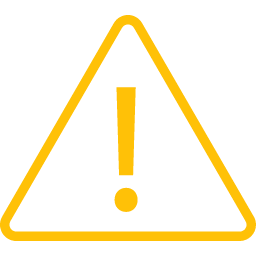
DO NOT STOP in the middle of the road. Pull off the road and stop as soon as safety allows.DO NOT TRY TO DRIVE TO THE NEAREST REPAIR SHOP, as this will destroy the tire and damage the rim. Change the tire immediately.
We Solve Vibration and Tire PullProblems Other Shops Can't.
Because we use the GSP9700 Vibration Control System. It extends far beyond the traditional functions of a wheel balancer. It not only solves wheel balance problems, but also “road tests” the tire/wheel assembly to eliminate virtually every variable causing vibration in relation to the tire and rim.
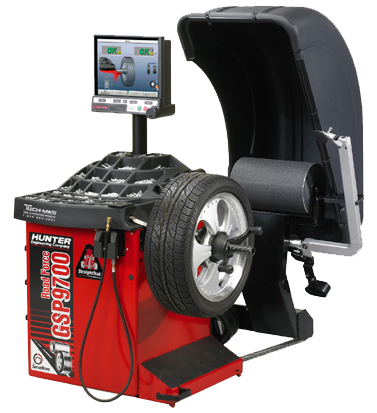
Accepted here:

Certifications/Affiliations:

Amenities:



